Black and white photography: getting it right
It seems like black and white photography is making somewhat of a comeback (again). I see lots of beautiful images in my Instagram stream (https://instagram.com/wimarysphotography) daily, and there seems to be a very active community with hashtags like #bnw_society, #blackandwhite, #bwstyleoftheday, #noir, #bw_crew, #bw_photooftheday,… I’ve heard this trend being referred to as “Hipster Black and White photography”, but it’s so much more than that in my opinion.
Shooting or converting images to monochrome, especially with lots of contrast can help to relate the mood and feel of a scene to the viewer, emphasising the play of shadows and light. This season is ideal for this, as in the winter time the sun passes lower in the sky, casting longer shadows and adding a sense of drama to the scene.
You can use vintage presets like RNI or Alien Skin Exposure, but I lately started using Topaz Lab B&W plug-in, which is very easy to use and has adaptive algorithms that make it easy to do an interesting looking black and white photography conversion. I’ve been preparing a review for the entire Topaz Labs plug-in collection since September, but it is so vast that I’m actually still working on it.
This is a photography blog, so at one point we’ll have to talk about cameras and lenses. So sorry… I used the Fujifilm X-T1 here, with both the new XF1655mm f/2.8 and XF56mm f/1.2 here. I love the selective focus you can achieve with the XF56. It’s one of the most praised lenses in their line-up, but it suffers from awful Chromatic Aberration. That’s green and purple colour casts in areas with contrast in case you’re wondering. The new standard zoom XF1655 seems to have this much more under control. Fujifilm have been on a roll since mid-2014. Their X-T1 is an arty favourite of many pro wedding photographers, and it looks like this gave them the incentive to start producing even better lenses.
Another good tip for black and white photography is: add noise. Whilst punters on photography forums seem obsessed with getting images with the least noise possible, any good photographer will tell you that adding the right ‘pleasing’ type of noise can enhance any image. It works even better in B&W, as this type of noise is distributed differently in shadows and highlights, it will add perceived sharpness and contrast to your scene.
Another tip: don’t worry too much about your blacks or whites clipping in Lightroom. These indicators basically mean that if you print your images on paper, that there won’t be much or any detail in the clipped areas. If you’re basically posting your images online (like Instagram or facebook) none of this really matters, what is important is that you yourself are pleased with what you’re doing. It’s all about relating what you felt when you shot your pictures.
Finally, have fun with what you do, and find the right camera for you!
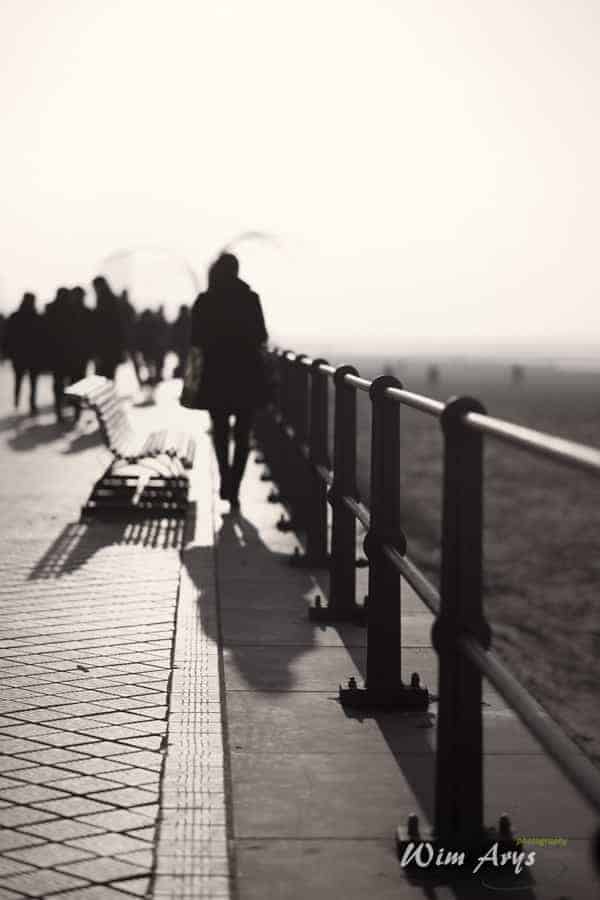
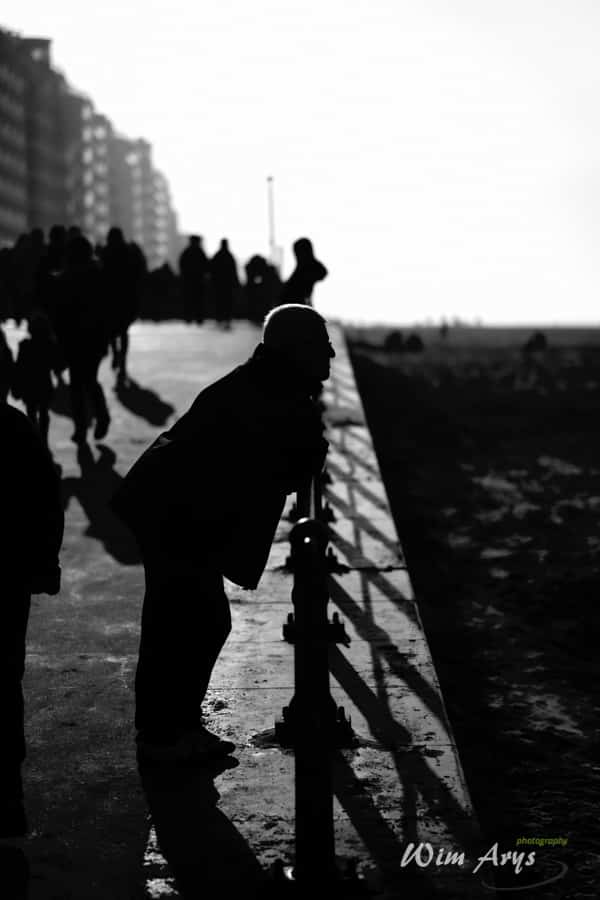
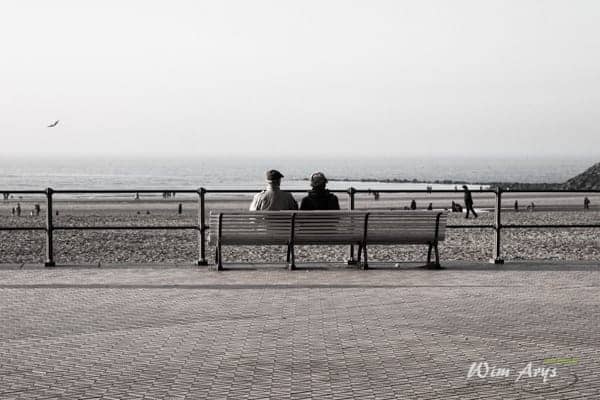
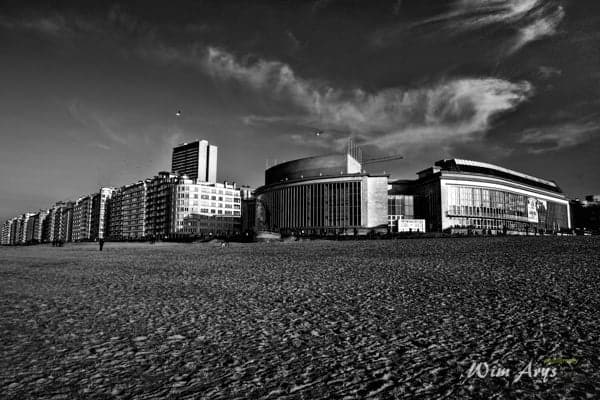
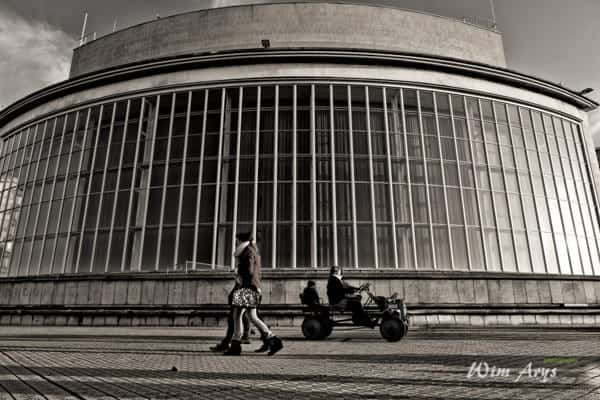
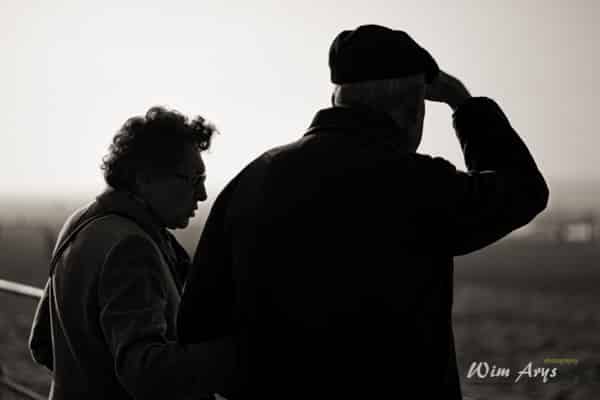
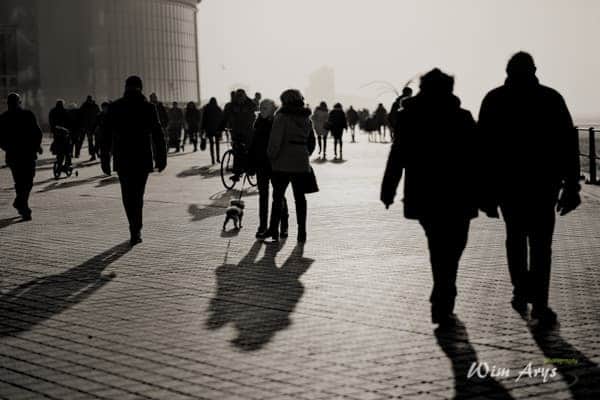
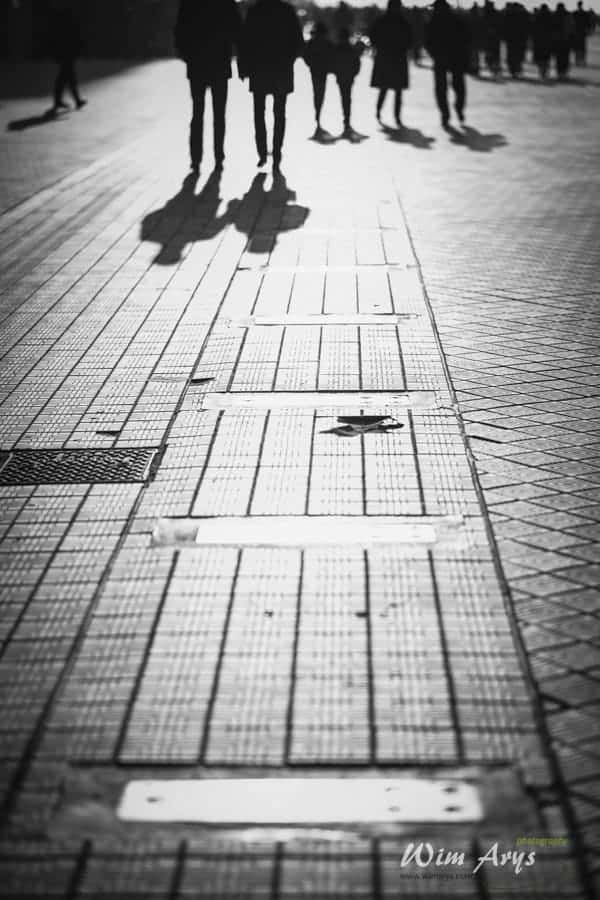
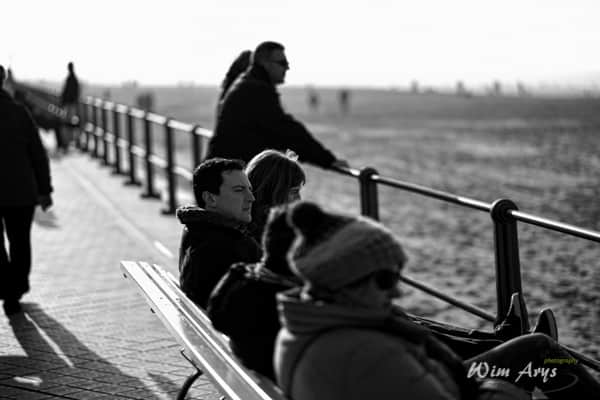
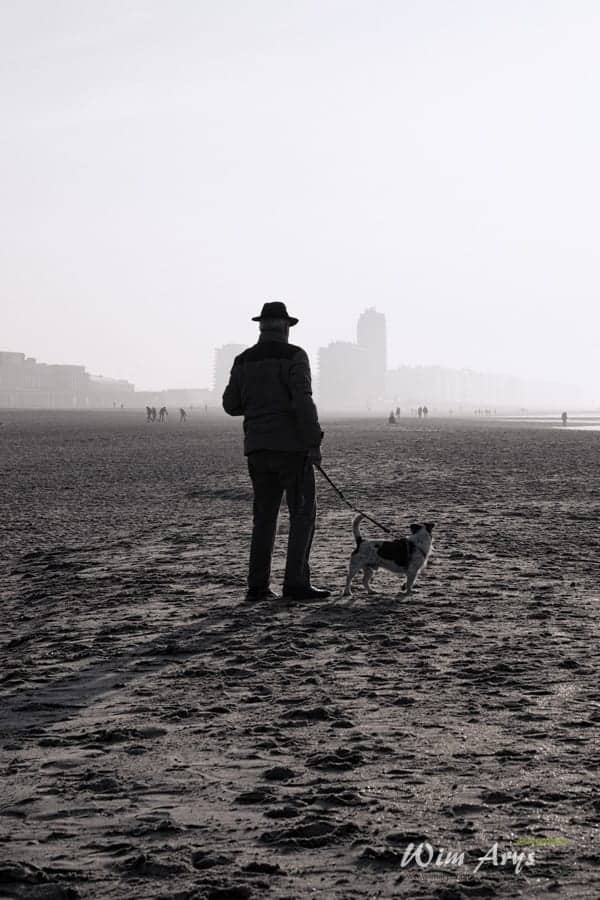
Is you be exposing for highlights?
I is be exposin’ for da average innit?